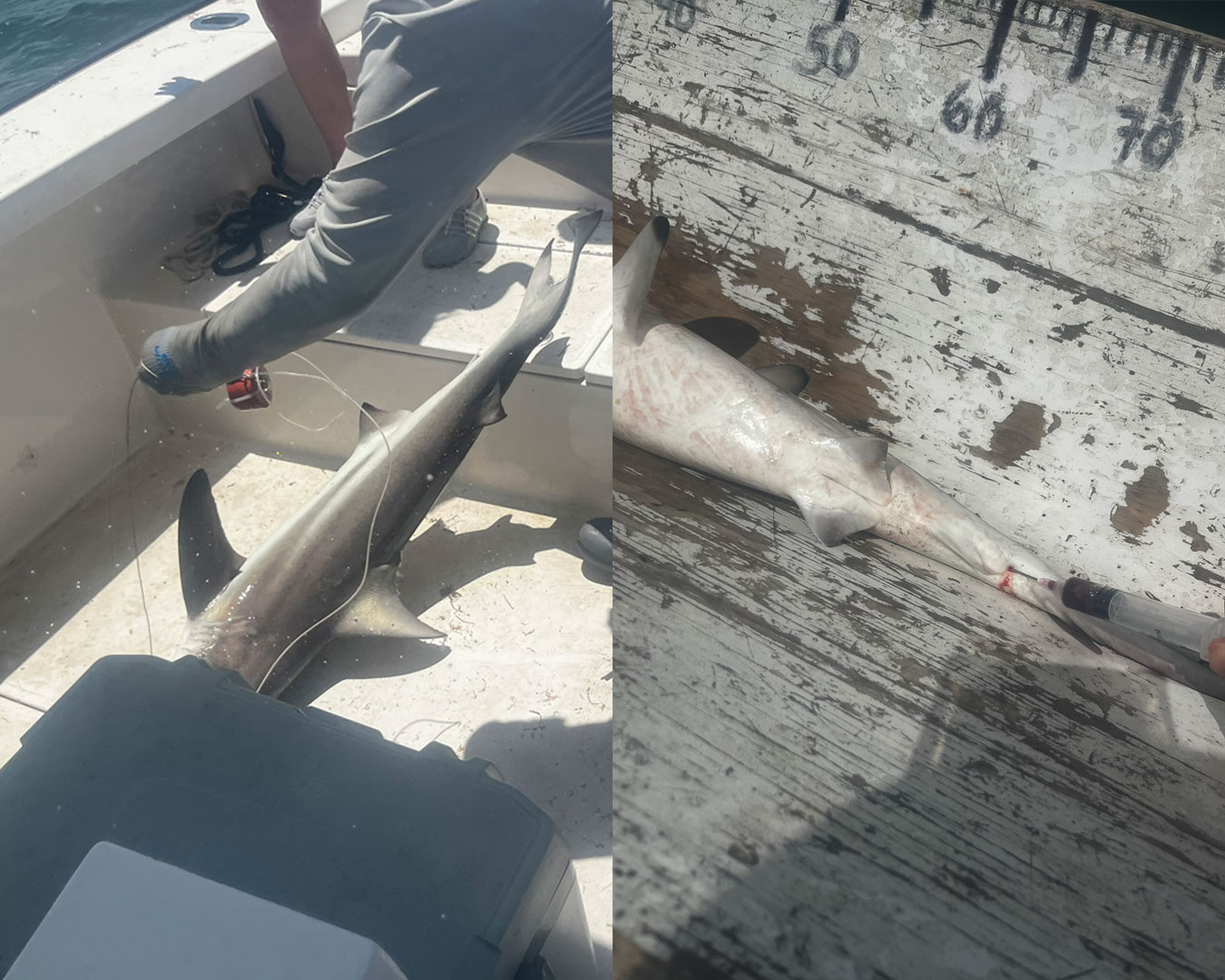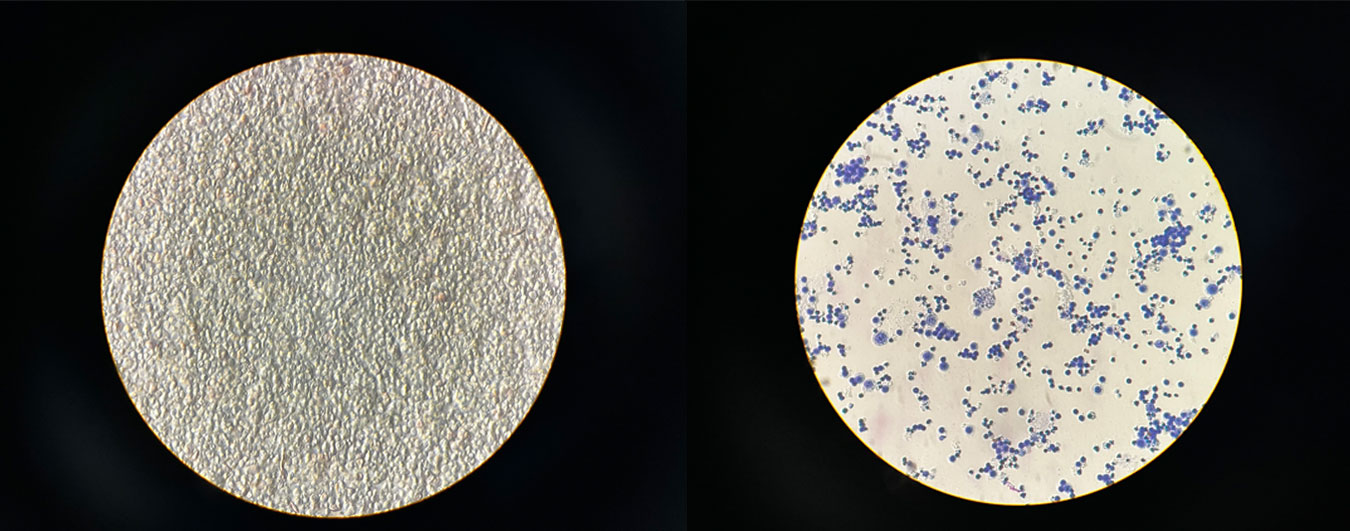A look into the chromosomes of sharks, without harming them
Chromosomes are bundles of DNA that can be found in most cells inside our and other living organisms’ bodies. Within a species, the number and shape of the chromosomes are usually consistent. However, mistakes by the cells can sometimes cause the numbers and shapes of the chromosomes to be different from the norm.
To study an animal’s chromosomes, scientists often use a technique called karyotyping. This method gives us a picture of the chromosomes in the cells and is widely applied by doctors and veterinarians to detect any chromosomal abnormalities that may cause genetic disorders. In many animals, these chromosome pictures also show us different sex chromosomes between males and females, such as the two X chromosomes in female mammals, and one X and a smaller Y in males.
For many species, collecting chromosome pictures is not too complicated. Scientists can take the blood samples, culture the blood cells in the lab, and then treat them with chemicals to visualise the condensed chromosomes. But when it comes to many sharks, rays, and skates, things are more complicated. We often do not have clear information on how many chromosomes there are, what they look like, and whether they have visibly different sex chromosomes.
This is not because of the lack of interest, but because the internal physiology of sharks and rays is very different from land animals or other fish. This means that we must customise the environment to keep their cells alive – a process that can be very tricky. For this reason, many karyotype studies of sharks and rays relied on sacrificed animals.
Wouldn’t it be great if we could study shark chromosomes without harming them, especially for species like the white shark? That is the goal of my project, and the good news is that it is possible. Some previous studies had managed to grow cells from the blood of sharks and rays and even collected a rough karyotype of the white shark, although the reporting was ambiguous.
Due to the lab equipment limitations, I have been working to adjust the formulation from existing protocols that were developed for sharks from aquaria. Since earlier this year, I have been testing and improving the culture conditions using blood from several coastal shark species. Through our collaboration with the Florida State University Coastal and Marine Laboratory, I collected blood samples from blacktip, blacknose, and Atlantic sharpnose sharks. I drew the blood of these sharks from the base of their tails, and then the sharks were released back to the ocean with minimal harm.

Researcher landing a shark on board for sample collection (left) and blood sample collection using a syringe (right). Photos © Adrian (Szu-Hsuan) Lee
As a preliminary but exciting result, the cells were growing in the lab, and I even managed to obtain some chromosome patterns! There is still work to do to improve the culture procedures and make chromosomes show up clearly, but the signs are promising.

The shark white blood cells growing in the lab (left) and stained cells showing their chromosomes (right). Photos © Adrian (Szu-Hsuan) Lee
While I am continuously improving my protocols to increase success rates, I am also preparing to apply these methods to white sharks. As the summer field season is here, we will be collecting blood samples and, hopefully, getting a better look at the chromosomes of the ocean’s most iconic predator soon!
